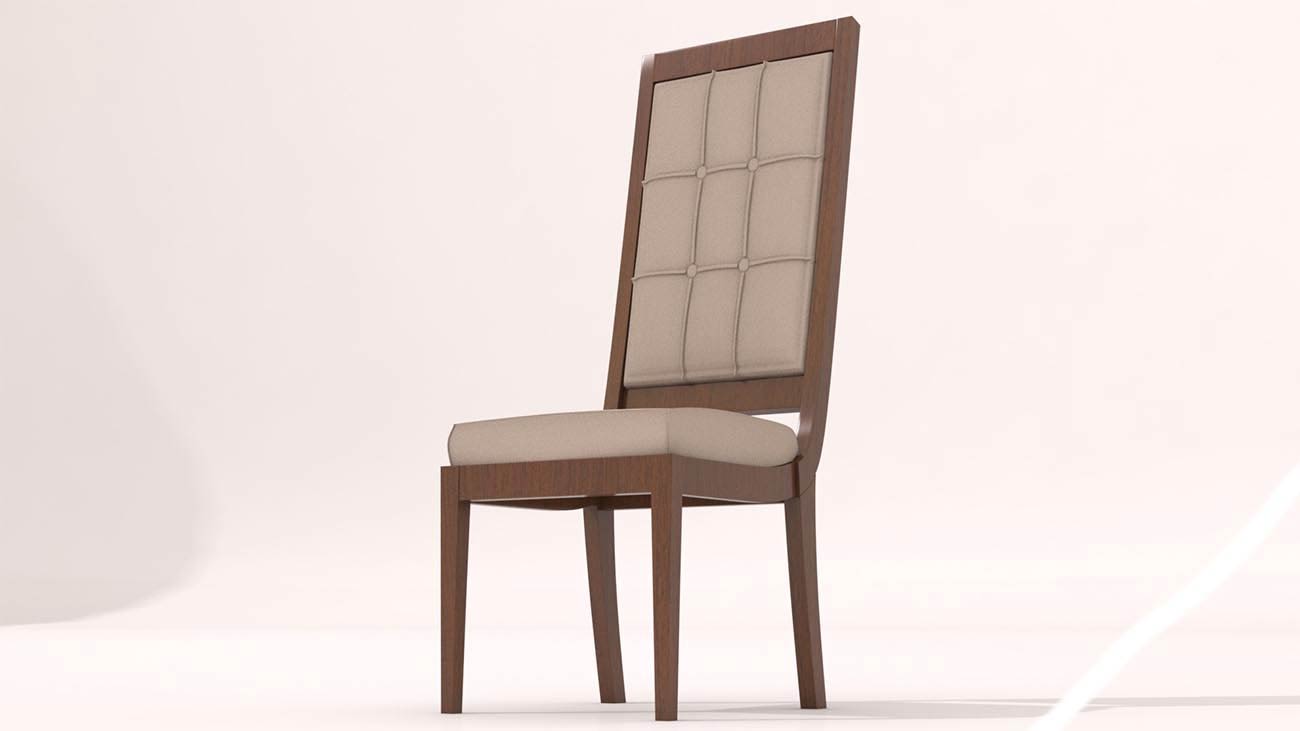CAD has helped furniture manufacturers in a number of ways. It essentially enabled design engineers to quickly turn their concepts to tangible reality. And, as this intuitive tool evolved from 2D to 3D, the design and manufacturing possibilities grew enormously. CAD tools indeed form a critical piece in making possible the development of modern-day complex furniture products that we see today.
The use of parametric tools made it easier to modify features of the product design and update the associated features automatically. Communicating product design got a whole lot easier with 3D CAD, which further reduced the manufacturing errors and resulting material wastage.
This advancement with 3D CAD however brought along another benefit for manufacturers of ETO (Engineered to Order) or BTO (Build to Order) furniture products, which is the ability to configure same, but different product designs.
Furniture manufacturers often design products with different variants that share common part library. However, there are few who provide customized products that suit the specific requirements of customers. But such products demand significant amount of efforts in designing.
With product configurators however, this task becomes much easier to execute. The design engineer only needs to define a master model with all the design logic, and later develop configurations of the parts that can be used in the same 3D model.
The SolidWorks Configuration Manager is one such feature that makes it possible to develop multiple variations of the part or an assembly within a single 3D model. This feature allows manufacturers to quickly re-design the product with different configurations quickly and generate manufacturing drawings and 3D CAD models without re-designing it from the scratch.
While the built-in configuration tool within SolidWorks is powerful, it is still a basic tool that will allow you to configure parts of your product to an extent. It has its own limitations and that is the reason why there are design automation tools like DriveWorks, Tacton and others. These are often referred to as CPQ (Configure, Price, Quote) tools, which makes it super-easy for custom product manufacturers to configure their products according to customer requirements, generate pricing information and send quote for approvals with the help of design automation.
Consider a case of a furniture manufacturer who offers a variety of chairs, tables and cabinetry for their customers. Each product will have the possibility to customize depending upon the customer choice and space availability. This is where configurators become extremely helpful. Establishing the design logic while developing a master model and integrating meta data, such as pricing and material information can be leveraged to automate the variants of the same product.
The design automation tools have the capability to quickly generate 3D CAD models, 2D manufacturing drawings with updated dimensions based on the input data. This is where customers can also be involved by allowing them to enter their specific requirements through a form. The process is quick enough to generate the models immediately once the information is submitted. Customers can also download the CAD files, quotes and images of the product that they are willing to buy.
Kitchen cabinetry for example can be configured by the customer in numerous ways. Starting from deciding the dimensions of the cabinet and selection of the material surface to the choice of handle bars and/or inclusion of glass, the customer can easily configure the product and see the live 3D model getting developed automatically. Once the product is configured, he/she can then download the model and drawings as well as get instant quote for the configured cabinetry.
From the manufacturer side, the order can be quickly manufactured due to the ready availability of the drawings and BOMs. This gives an added advantage to the manufacturer of providing exact product delivery dates to the customer, resulting in an increase in brand loyalty. It is even possible for manufacturers to come up with same-day delivery or quick delivery campaigns to boost sales, while having a strong automated system functioning at the back.




